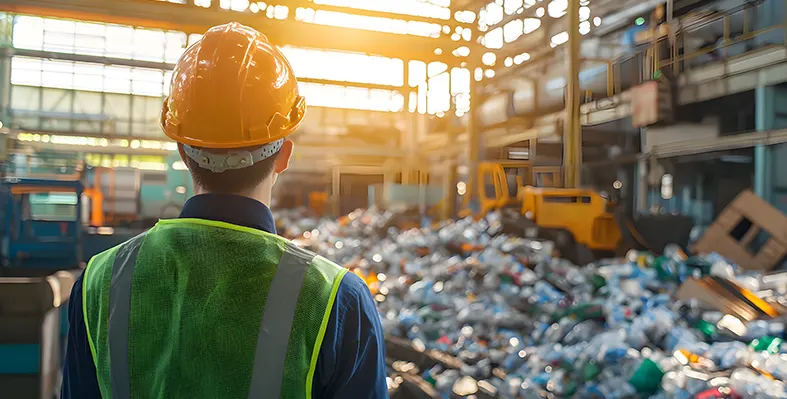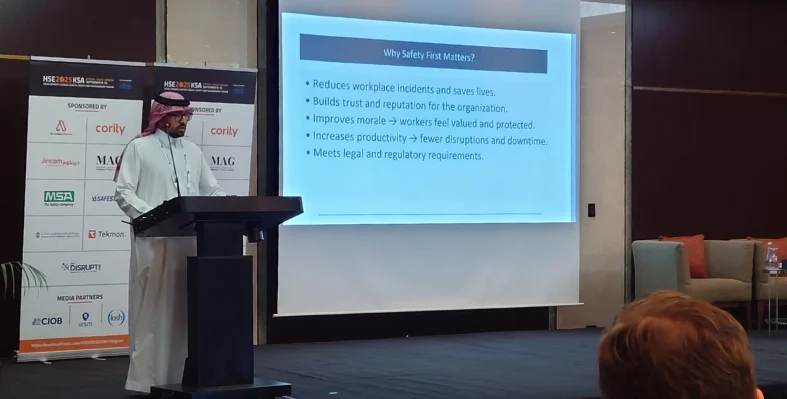The global industrial safety helmets market, valued at US$4.83bn in 2024, is projected to reach approximately US$8.2bn by 2035, registering a compound annual growth rate (CAGR) of 4.9% between 2025 and 2035.
Historical trends from 2019 to 2023 reveal steady growth, driven by expanding construction activities, manufacturing output, and intensified efforts to reduce workplace injuries across developed and emerging economies.
Industrial safety helmets, once basic hardhats, have evolved into advanced protective systems designed to safeguard workers from head injuries in high-risk environments such as construction sites, factories, and mining operations. This evolution has been shaped by the adoption of global safety standards including those from the Occupational Safety and Health Administration (OSHA) and the International Organization for Standardization (ISO). As compliance requirements become more stringent, demand for certified, ergonomic, and durable helmets continues to grow across sectors.
A key driver of this market expansion is the heightened awareness of workplace safety and the economic importance of injury prevention. Governments, particularly in regions with industrial expansion, have intensified safety mandates requiring the use of personal protective equipment (PPE). This has led enterprises to invest in high-quality helmets that combine safety, comfort, and durability. Technological advancements have also played a crucial role, with manufacturers incorporating innovative materials such as fibreglass, carbon fibre, and high-density polyethylene to produce helmets that are lighter yet stronger.
Another emerging trend is the increasing investment in smart helmets equipped with integrated sensors, GPS tracking, and real-time communication tools. These features enable proactive monitoring of workers’ safety conditions, helping reduce accident risks and improving emergency response times. Such innovations are expected to significantly influence market dynamics over the next decade as industries shift towards digital and connected safety ecosystems.
Regional insights
Regionally, the industrial safety helmets market exhibits diverse patterns of growth. In North America, the market benefits from robust occupational safety regulations and early adoption of smart protective devices. Europe remains a hub for innovation, focusing on composite material technologies and sustainable production practices. Countries like Germany and the United Kingdom are leading exporters of advanced safety gear and continue to invest heavily in research and development.
The Asia-Pacific (APAC) region, however, represents the fastest-growing market. Massive urbanisation, large-scale construction projects, and rapid industrialisation in China, India, and Southeast Asia are fuelling unprecedented demand for protective equipment. Meanwhile, South America is witnessing a steady rise in safety gear adoption, supported by growing investments in the mining and infrastructure sectors.
In the Middle East and Africa (MEA), demand is being sustained by ongoing oil, gas, and construction projects across the Gulf Cooperation Council (GCC) nations and expanding industrial activity in African economies. As regional governments strengthen workplace safety legislation, helmet manufacturers are seizing opportunities to expand local partnerships and production facilities.
Overall, the industrial safety helmets market is entering a phase of technological innovation and regulatory maturity. With the convergence of digitalisation, sustainability, and safety compliance, the next decade will see a shift from traditional protective gear to intelligent, performance-optimised solutions that not only protect workers but also enhance operational efficiency across industries worldwide.






















